It’s now time to set up your classroom sound wall for the vowels. Congrats because putting up a vowel sound wall in your classroom is a bit simpler. Luckily, the vowels are easier to set up because there is really only one way to organize them – Vowel Valley.
This is part 3 of the Setting Up A Sound Wall blog post series. If you are looking to set up a consonant sound wall check out these previous posts:
Setting Up A Sound Wall Post 1- Considerations and Consonants for a Sound Wall
Setting Up A Sound Wall Post 2- Types of Consonant Sounds
Let’s dig into the vowel sounds with some key questions, knowledge and considerations you may need.
Why are Vowels Easier to Set Up?
It’s crazy right?!? They are usually the trickiest part of our language. Unlike consonant sounds that have six different types of sounds, vowels are all made in a similar way. Even though we categorize vowels by long, short, diphthongs and r-controlled it doesn’t really factor in when setting up a Vowel Valley. All vowel sounds allow air to glide or easily move through because they don’t stop or restrict air in any way. Because of this, we can continually make that sound until we run out of breath. I like to think of it that vowels make us sing. Since there are no key differences in how we make these sounds they are all kept in one group.
Since the vowels are considered to be the same type of sound, they are arranged by where in our mouths we make that sound. So the vowels on the left side are made near the front of our mouths. While the ones on the right side are made near the back of mouths or throats.

Why a Vowel Valley?
Something that is considered more with vowels than with consonants is what our jaw is doing when we make those sounds. Drawing our attention to our jaw and how much it moves helps to feel and differentiate the different vowel sounds.
The valley reflects what our jaw does. As we work through the vowel sounds, initially our jaw isn’t opened that much, but it opens more until we get to short o. Then it starts to not open as wide as we work to long u.
Try It Out: Make these vowel sounds and notice what your jaw is doing and how much it opens.
Long E
Short A
Short O
Long O
Long U
What did you notice?
You should have felt that at long e your mouth isn’t opened that much but as you worked to short o it opened more and more and then closed a little more as you got to long o and long u.
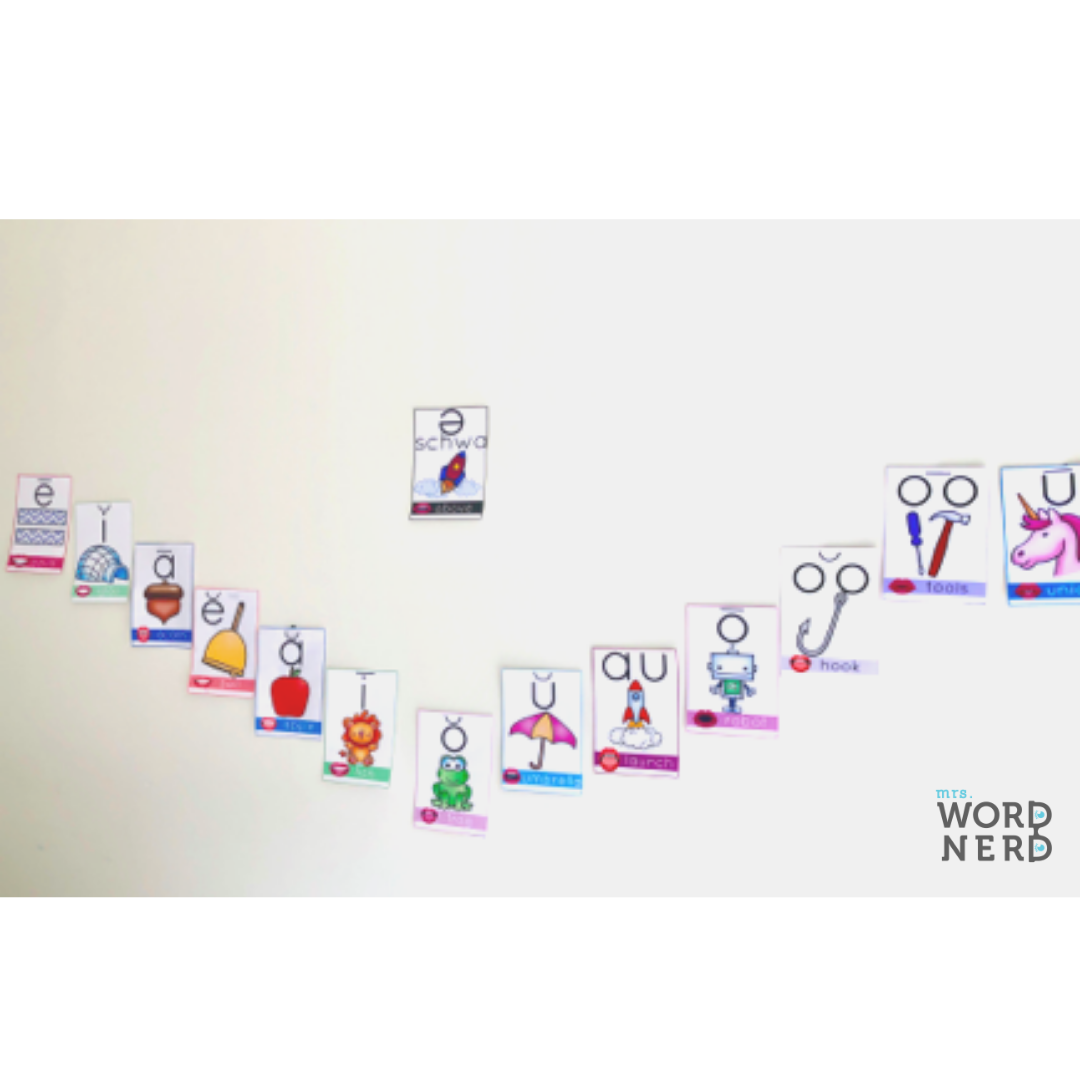 Smiling, Opened, Rounded
Smiling, Opened, Rounded
Not only is our jaw a bigger consideration with vowels, but so are our lips. Different sound wall resources can categorize vowels by what our lips are doing. They are doing three key moves- smiling, open or rounded.
Similar to how our jaw starts slightly opened and then becomes more opened and then starts to close again, our lips are transforming as we move through the Vowel Valley.
Our lips start smiling with the vowels we make near the front of our mouth as we get towards the bottom of the valley our lips will be more opened. By the end of the valley our lips are rounded.
Try It Out: Make these vowel sounds and notice what you lips are doing.
Long E
Short O
Long U
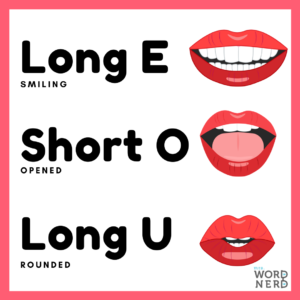
Schwa is Included?
Yes it is! After all, it is our most common vowel sound. Yet rarely do we talk about it or teach it. Schwa is the sound every vowel can make. It happens in unstressed syllables and is considered a lazy sound. It is the first sound in about and the second to last sound in gravel.
Because it is lazy, our jaw doesn’t open much to make the sound. It doesn’t follow the vowel pattern with how our jaw moves. Even though it makes a sound similar to short o, it is normally placed above the lowest part of the valley, but in line with the long e and long u.
What About OO/OO OI/OY, AW/AU, OW/OU?
OO/OO as a long or short sound work right into the Vowel Valley. Long OO is considered the second sound of long U (check out the How to Teach Long U post) so it is right next to it in the valley. Short OO sound like in hook follows the movement of the Vowel Valley so is placed after Long O.
AW/AU sound is also made in a way that follows the Vowel Valley. It is in the valley between Short U and Long O.
OI/ OY and OU/OW sounds are made slightly different than the rest of the vowel sounds. They have more of a sliding movement to them as your mouth starts in one position to make the first part of the sound and moves to another to make the second part of the sound.
Both OI/OY and OU/OW are made near the front of the mouth so they are just put under the first part of the valley. Say these two sounds slowly and feel how your mouth moves for each one.

What About R-Controlled Vowels?
Just like how OI and OW move through two movements to make their sounds, so do R-Controlled vowels, especially AR and OR.
Try It Out: Make the r sound like in rat and feel the movement.
Now make the AR, ER and OR sound.
See how it feels different and a bit more is happening in your mouth.
This additional movement is way R-Controlled vowels are put under the back part of the valley.
Vowel Wrap Up
Hopefully this helps you understand how the Vowel Valley is structured so you can build and use one in your classroom. Remember to focus on what your jaw and lips are doing for each sound as these are the easiest ways to differentiate the vowels besides hearing the different sounds.
Looking for More Set Up Help?
I hope you are feeling a little calmer and less overwhelmed about setting up your sound wall. If you are looking for more information about setting one up, I made this free Setting Up a Classroom Sound Wall Guide. You can get your copy here or click the picture. You can also check out the other blog posts in this series.

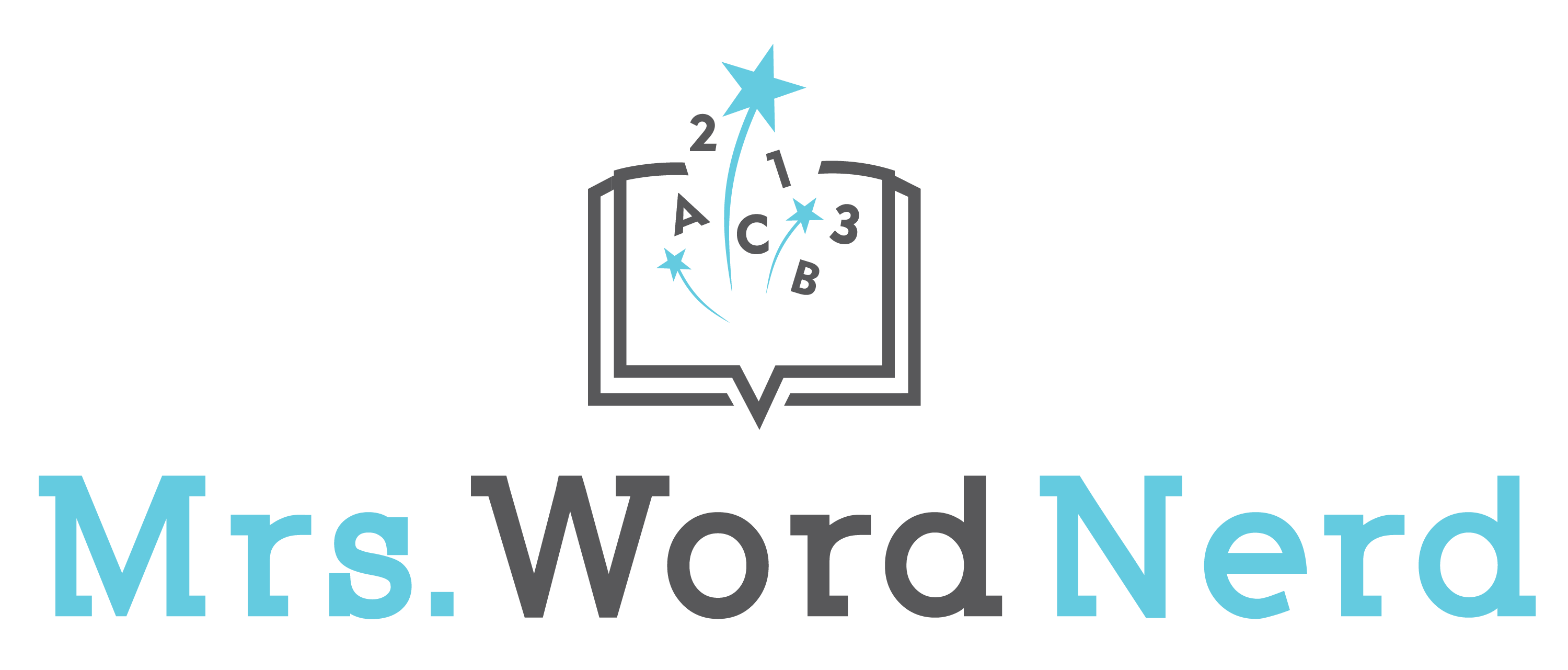
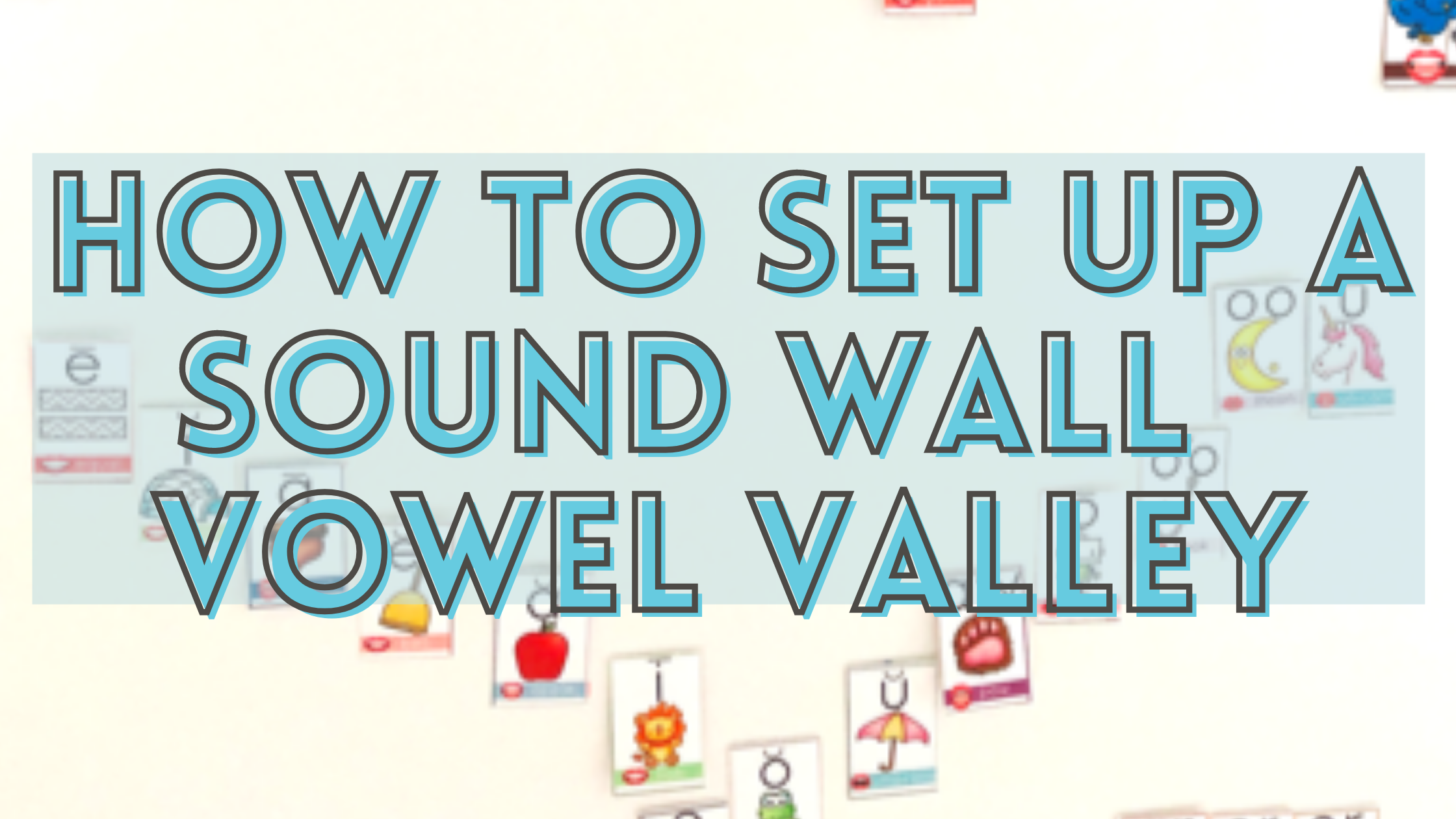
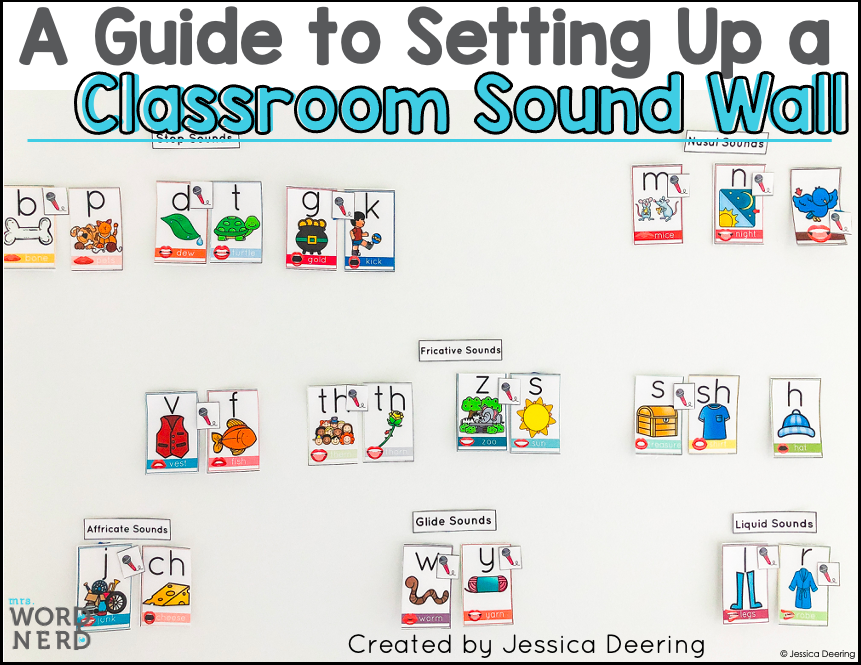



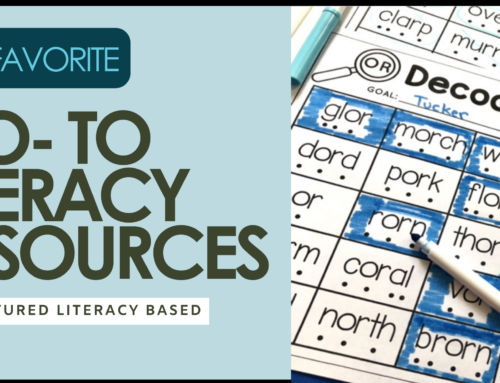
Leave A Comment